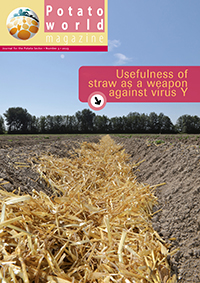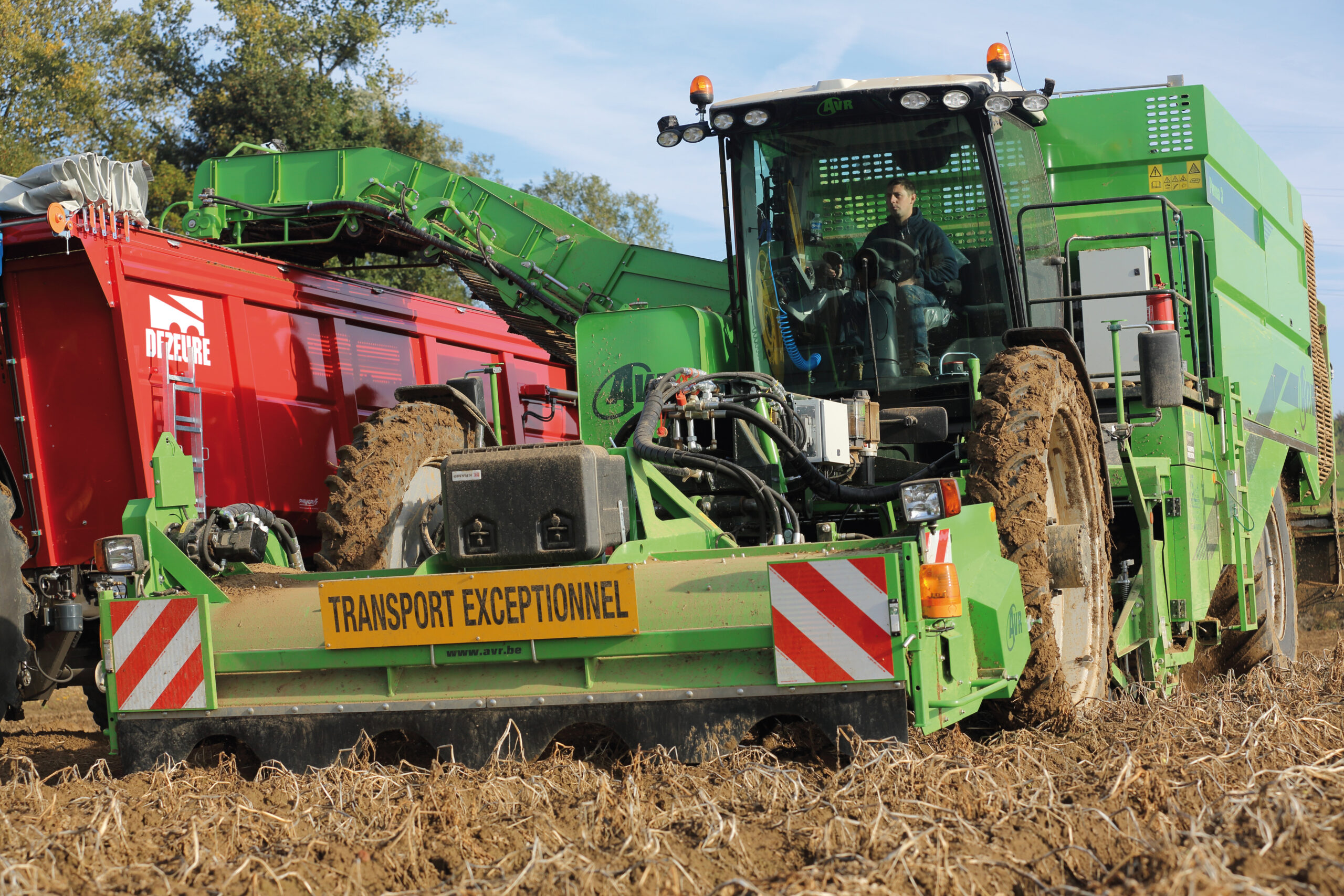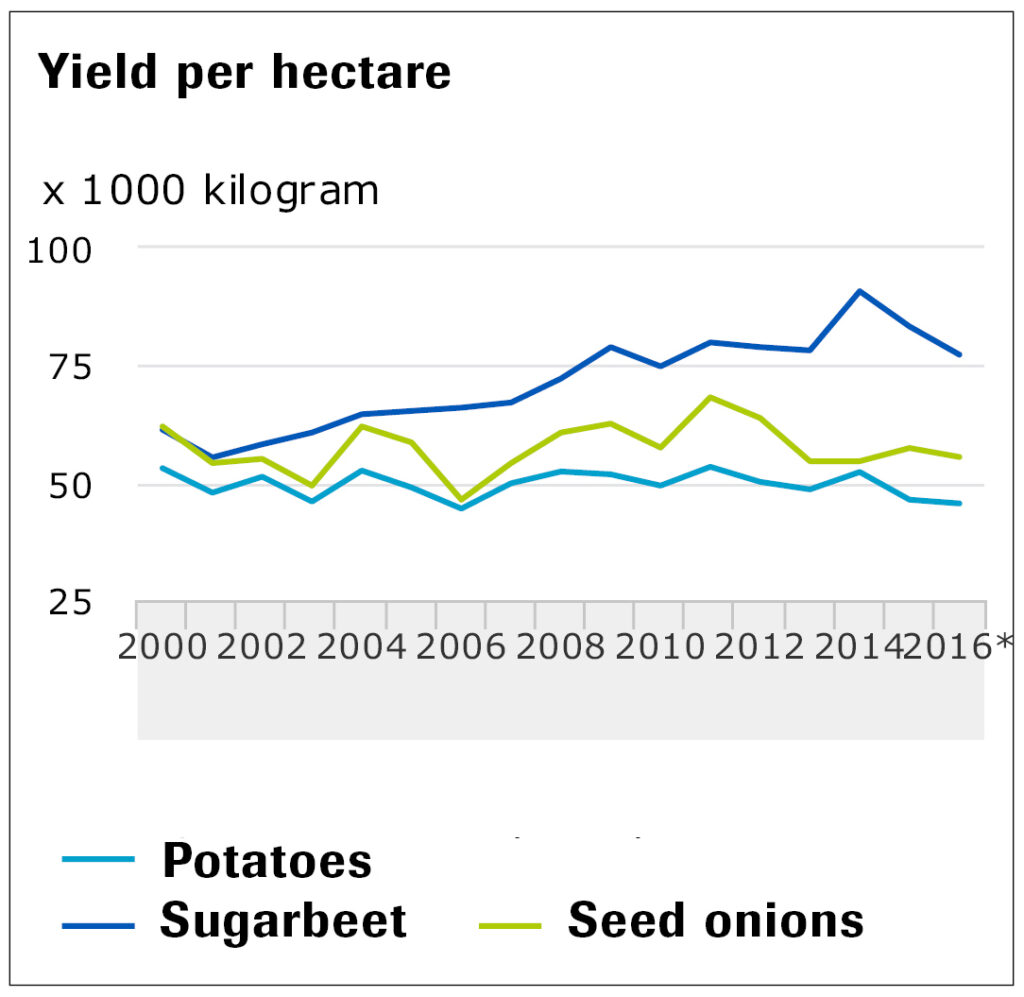Already a subscriber? Activate your premium account

Potatoworld Magazine

The world-wide demand for French fries and processed potato products will increase over the coming years with about 3 percent per year worldwide, but in some areas such as India and China the increase will be more than 10 percent. This was predicted in a study of the Rabobank in the Netherlands, published last October.
As a result of this increased demand, the processing industry in North Western Europe is investing in extra processing capacity. For the Netherlands and Belgium, the increase in production capacity between 2016 and 2020 is estimated around 2 million tons. The production in 2016 in the Netherlands was about 3.8 million tons and in Belgium about 4 million tons of potato products.

The extra market possibilities are great but there is one key question: Where and how are we going to produce these potatoes in a sustainable way. The production of these processed potatoes is going to increase with 25 percent. When yields stay at the current level of 50 ton per ha this means an increase of 40 thousand hectares to fill this extra demand. Besides this 40.000 hectares of consumer potatoes, you need between 2500 and 3000 hectare extra to grow seed potatoes. (planting about 2,5 ton/ha; yield 37.5 ton/ha). Another option would be to raise yields about 20 percent to an average of 60 tons per hectare, then a little less than 7000 hectares would be needed to grow the consumer and seed potatoes.
In the Netherlands the potato growing area has reduced since 2000 with about 18% and there is little extra space. In Belgium the area has grown with about 20 percent or about 13000 ha since 2006; extra production should come from there but 40.000 ha will not be possible. Yields have to improve or the extra space has to be found in France and/or Germany.
If we look at the current practice in potato production in the Netherlands and Belgium, we see that the yield improvement has not been there during this century. In the Netherlands and Belgium the average yields varied between 44 and 53 tons per ha and over the years there has been no systematic improvement. The variation between years was more than 10 percent and this year the industry hauls potatoes from Poland to fill their factories.
Coming back to the sustainable part, how do we make that possible. Since we do not want to narrow the crop rotation the only solution is to increase yield. If we look at sugar beet in the Netherlands this should be possible (fig 1). A number of measures have to be taken. First step is to establish a closer tie between grower and processor. The processor should analyse production results and give feedback to the grower make him aware and to eliminate production problems. Use new higher yielding varieties and finally introduce smart farming techniques where the crop is followed more closely and precisely. In trial field situations yields of 90 to 100 tons per hectare have been established. It is not the question if it is possible to raise yields like in the sugar industry but how and how fast we reach these sweet results.

Dr. Ir. Peter Kooman
Professor Potato supply chain and sector innovation
CAH Vilentum University of Applied Sciences
p.kooman@cahvilentum.nl
Events
©2015 - 2024 Potatoworld | Webdesign and realisation COMMPRO